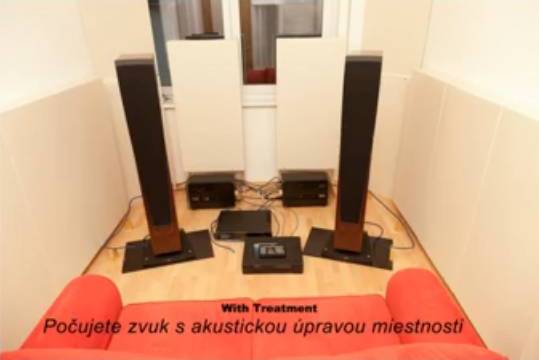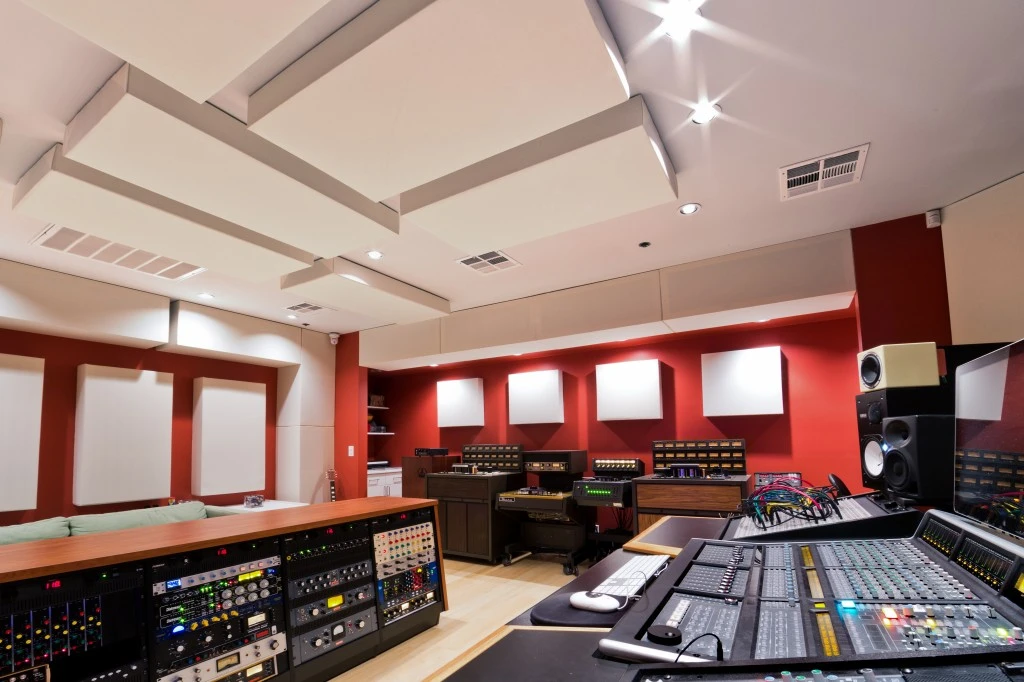In this video, Zalan Schuster illustrates the audible difference between a treated and an untreated listening room. Zalan is a GIK Acoustics dealer in Slovakia and his knowledge is evident in this useful video.
Zalan Schuster Acoustics / GIK Acoustics showroom
Tel.: +421 905 616 440
zalansch@hotmail.com
www.zs-acoustics.com
www.facebook.com/ZalanSchusterAcoustics
We hardly realize the impact a listening room has on sound reproduction. The area of this listening room is 3 x 4 meters and you can hear that despite the small space, it is possible to gain amazing results with good acoustic treatment. The loud speakers were provided byt could have been smaller for a room this size. In this listening room, GIK Acoustics panels which ideally absorb high, medium and deep tones were used and they prevent reflection echo and thus reduce acoustic distortion of the listening room. GIK 244 Bass Traps are used on the sides to control the first reflection points. GIK Tri-Traps in the corners along with GIK Monster Bass Traps located behind the loudspeakers give maximum bass trapping. On the back wall and the corners of the ceiling, GIK 244 Bass Traps absorb deep tones. In front of one of the backward ones 1D N13 diffusor is used. Two other diffusors are used on the side walls. Diffusors make listening rooms sound larger than they really are. They retain the liveness and give a sense of spaciousness to your music. And finally, GIK 242 Acoustic Panels are attached on the ceiling to absorb medium and high frequencies and avoid so-called flutter echo between the ceiling and the floor.
Calibrated measuring microphone Daytona was used for sound measuring.
Graphs show the frequency response of the untreated listening room. There is a difference of 60 dB in the high tones and 41 dB in the low tones. The next graph shows a huge improvement after the acoustic treatment of the listening room. There was 35 dB difference in the high tones and 22 dB difference in the low tones. With 1/12 octave smooth filter we fit within 10 dB and only at 70-80 Hz the difference is 16-17 dB. For such a small listening room, it is a very good result.
Let us have a look at the waterfall chart. It demonstrates reverberation in the listening room on various frequencies. Reverberation is created by reflection of walls more than 650 ms. On frequency 40-50 Hz and 80-90 Hz, the reverberation is very problematic. Addition of panels and diffusers has considerably reduced the reverberation even on frequency of problematic 40-50 Hz and 80-90 Hz.
And now you can hear the difference between the treated and untreated listening room. [You’ll hear better if you have good speakers connected to your computer.]







GIK Giveaway Viral Video Contest 2024
Room EQ Wizard TUTORIAL
How to set up and use REW In this video we show you how [...]
DIFFUSION Concepts Explained
How Acoustic Diffusers Work And Which One Is Right For You In this video [...]
Jan
The GIK Acoustic Advice
Get Your Room Sound Right For FREE! In this video we are giving a [...]
Jan
Designer Tips: The Significance of “Clouds” with Mike Major
When people reach out to us at GIK for acoustic advice, we never have any [...]
Jun
Designer Tips: The Importance of Coverage Area with James Lindenschmidt
The most important factor in acoustic treatment performance is coverage area. Or more specifically, the [...]
May
Designer Tips: Home Theaters and Acoustic Balance with John Dykstra
Without fail, one of the first things our clients say to us when we begin [...]
May
Black Friday Cyber Monday Sale 2021
Nov